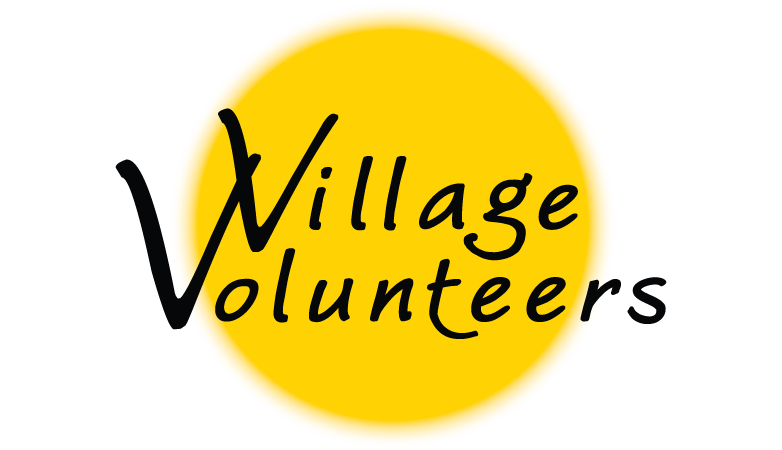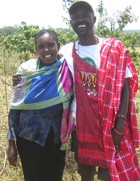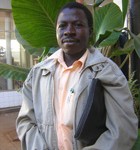The Village Volunteers Consortium (VVC), initiated by Village Volunteers, is a network of Kenyan NGOs united by each organization’s desire to pursue a holistic approach to sustainable development, as well as their dedication to collaborative problem solving to achieve self-sufficiency.
PHILOSOPHY
The approach is “holistic”, addressing multiple social and often overlapping economic issues such as food security, healthcare, public health, education, sustainable livelihoods, orphan care, gender equality, bio-diversity, cultural and environmental preservation.
The VVC projects are primarily designed, implemented and assessed by local people and aided by VV’s diverse base of international volunteers. The VVC uses a strength-based collaborative approach to empower and encourage, where the focus is on assets and past successes rather than the overwhelming obstacles.
By empowering local people, relying on indigenous resources, and building upon the existing cultural and economic context, we believe that there is a greater likelihood of fostering sustainable social change.
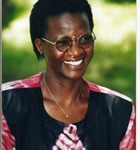
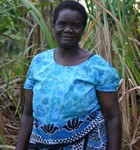
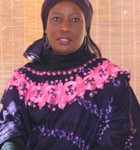
MISSION
The Village Volunteers Consortium (VVC) is a network of rural non-governmental organizations (NGOs) based in under-served villages that provides a conduit that allows programs to collaborate on appropriate solutions to shared problems and to identify and enhance sustainable development efforts.
VISION
To achieve self-sufficiency in local communities through collaborative efforts.
Strategies for collaboration
- Local, VVC members convene at quarterly meetings to discuss ideas, report on success stories, problem-solve, and share lessons learned.
- Local members communicate throughout the year, share project templates, collaborate on the facilitation of training opportunities for their community members, and participate in a VV blog (interactive Web-based platform).
- Projects are documented to add to a “projects library” to share with all villages interested.
The AIDS virus hit hard in the three villages I visited, and the current percent of those infected ranges from 25-50%. All programs were started and run by self-sacrificing, smart villagers who were moved to action and continue to provide immense hope to those desperately in need. The programs were extremely active and well-managed which has led to sustainable improvements. ~Kieran O’Dowd
